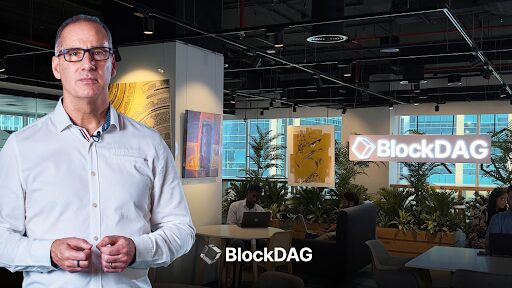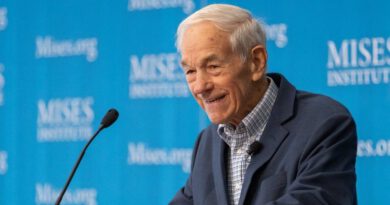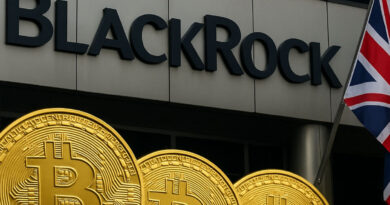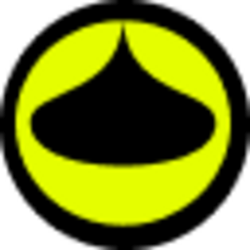Who Owns & Leads BlockDAG? Inside the Company Structure Driving $425M+ Presale
As questions of transparency and accountability rise in crypto, the BlockDAG network’s company structure is drawing increasing attention. Unlike anonymous meme tokens or DAO-first protocols, BlockDAG (BDAG) is led by a visible founder, CEO Antony Turner, who directs product, partnerships, and strategic rollouts.
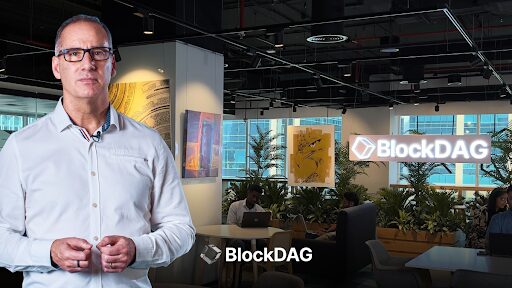
With over $425 million raised, $0.0015 special price now live, and more than 27 billion coins sold, the project’s structure favors centralized execution today, but hints at future decentralization through staking and governance layers. While it’s not a DAO yet, its roadmap suggests evolution.
This article explores how BlockDAG compares to Ethereum Foundation, Solana Labs, and others, shedding light on who’s in charge and why that matters in 2025.
Not a DAO, But Headed There?
BlockDAG is not currently structured as a DAO. Unlike governance-first protocols like Aragon or early-stage DeFi coins that begin with community voting, BlockDAG has maintained centralized leadership during its early rollout. The project’s founder, Antony Turner, remains publicly accountable for its roadmap, product development, and communication. This includes the rollout of a series of Keynote sessions, weekly dashboard updates, and the latest partnership with BWT Alpine Formula 1® Team.
While there are hints of a future shift toward community-driven participation, including plans for staking, reputation-based systems, and potential governance features, BlockDAG currently operates through a conventional leadership structure. That makes the BlockDAG company structure more aligned with other foundational-stage L1 protocols during their early years, centralized for execution, with room to decentralize later.

How BlockDAG Compares to Ethereum Foundation or Solana Labs
To assess transparency, it’s useful to compare BlockDAG’s setup with other major protocols. The Ethereum Foundation is a Swiss nonprofit entity that supports ecosystem development but does not directly control Ethereum. Governance is highly distributed, but the foundation still provides funding and coordination.
Meanwhile, Solana Labs, a private Delaware-based company, was instrumental in launching and developing the Solana protocol. Its for-profit structure is clear, though governance has since expanded to include validators and external developers.
So who owns BlockDAG in legal terms? While the project has not released detailed public filings on incorporation like SwissOne Capital did, it does present a visible leadership model. Antony Turner has a background in regulated entities, having worked as Managing Director at Spirit Blockchain Capital and playing a strategic role in SwissOne, which itself was a Swiss-registered crypto investment fund. This experience suggests the team behind BlockDAG understands the importance of regulatory clarity, even if the full entity framework hasn’t been published yet.
What We Know About BlockDAG’s Legal and Operational Framework
Although BlockDAG does not currently publish legal entity documents publicly, the structure appears to follow the “centralized core + public roadmap” model. All major communication, protocol updates, presale structure, and ecosystem growth initiatives are run through core leadership, with Antony Turner providing weekly visibility into strategy and delivery.
This includes managing a presale operation that has now exceeded $425 million, started shipping over 20,000 mining units, and scaled to 3 million X1 mobile miners across more than 150 countries. These achievements require substantial backend coordination, including logistics, payments, and smart contract deployment, all of which indicate the presence of an operational legal entity, even if not formally branded as a foundation or public corporation.
In this regard, BlockDAG’s execution resembles that of early Cardano or Avalanche, where key teams initially control rollout, before expanding participation through network usage and token-based programs.
Why Legal Structure Matters in Crypto
In the current regulatory climate, legal clarity and leadership transparency are no longer optional. Projects that lack public founders or avoid defining their control mechanisms face increasing scrutiny from regulators and investors alike. The question of who controls crypto projects goes beyond token distribution; it’s about accountability, oversight, and execution guarantees.
BlockDAG’s choice to maintain a clear public leadership figure, publish key delivery stats weekly, and roll out real infrastructure (like the Stratum miner sync, explorer tools, and smart account groundwork via EIP-4337) gives it an advantage over anonymous presales or meme-driven coins. While a formal DAO structure is not yet live, the public-facing nature of the leadership reduces ambiguity about who is responsible for success or failure.
Is Ownership the Same as Control?
In traditional terms, “ownership” might mean shareholding or founder equity. But in crypto, especially with token-based economies, control comes from protocol stewardship, roadmap execution, and infrastructure deployment. In BlockDAG’s case, Antony Turner and the founding team clearly hold operational control, directing rollout and resource allocation. However, the coin distribution and mining-based participation suggest that economic control is increasingly distributed, especially as new crypto miners and holders grow.
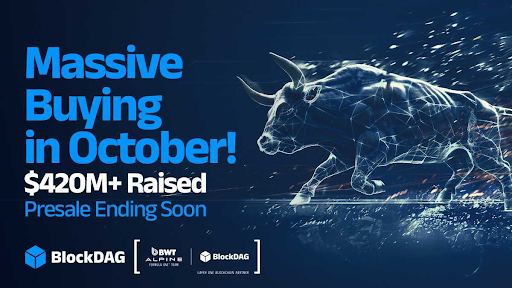
This balance between centralized leadership and distributed ownership is typical of high-performing crypto launches. It allows for faster execution in the early stages, with room for participatory governance once the core infrastructure is stable.
Structured Leadership With Transparent Control
BlockDAG may not yet operate as a DAO or public foundation, but that does not mean it lacks structure. With over $425 million raised, more than 27 billion coins sold, and a real-world infrastructure of 3 million+ app miners and 20,000 mining units being shipped, BlockDAG is operating at a scale that requires real organizational planning.
The answer to who owns BlockDAG is nuanced: leadership and execution are currently centralized under Antony Turner and his core team, while economic participation is expanding through coin holders and global miners. The BlockDAG company structure may not be as publicly documented as some older protocols, but the delivery model is backed by live tools, working products, and a public roadmap.
In an industry where many projects avoid naming decision-makers or hide behind vague promises, BlockDAG’s mix of visible leadership and real execution makes it one of the more structurally sound entrants in the Layer 1 space. For those asking who controls crypto projects, BlockDAG offers a clear answer, and that’s a rarity worth noting.
Presale: https://purchase.blockdag.network
Website: https://blockdag.network
Telegram: https://t.me/blockDAGnetworkOfficial
Discord: https://discord.gg/Q7BxghMVyu
Learn about The Rise of Nexchain’s Crypto Presale
Disclaimer
Please be advised that all information, including our ratings, advices and reviews, is for educational purposes only. Crypto investing carries high risks, and CryptoNinjas is not responsible for any losses incurred. Always do your own research and determine your risk tolerance level; it will help you make informed trading decisions.
The post Who Owns & Leads BlockDAG? Inside the Company Structure Driving $425M+ Presale appeared first on CryptoNinjas.
CryptoNinjas

